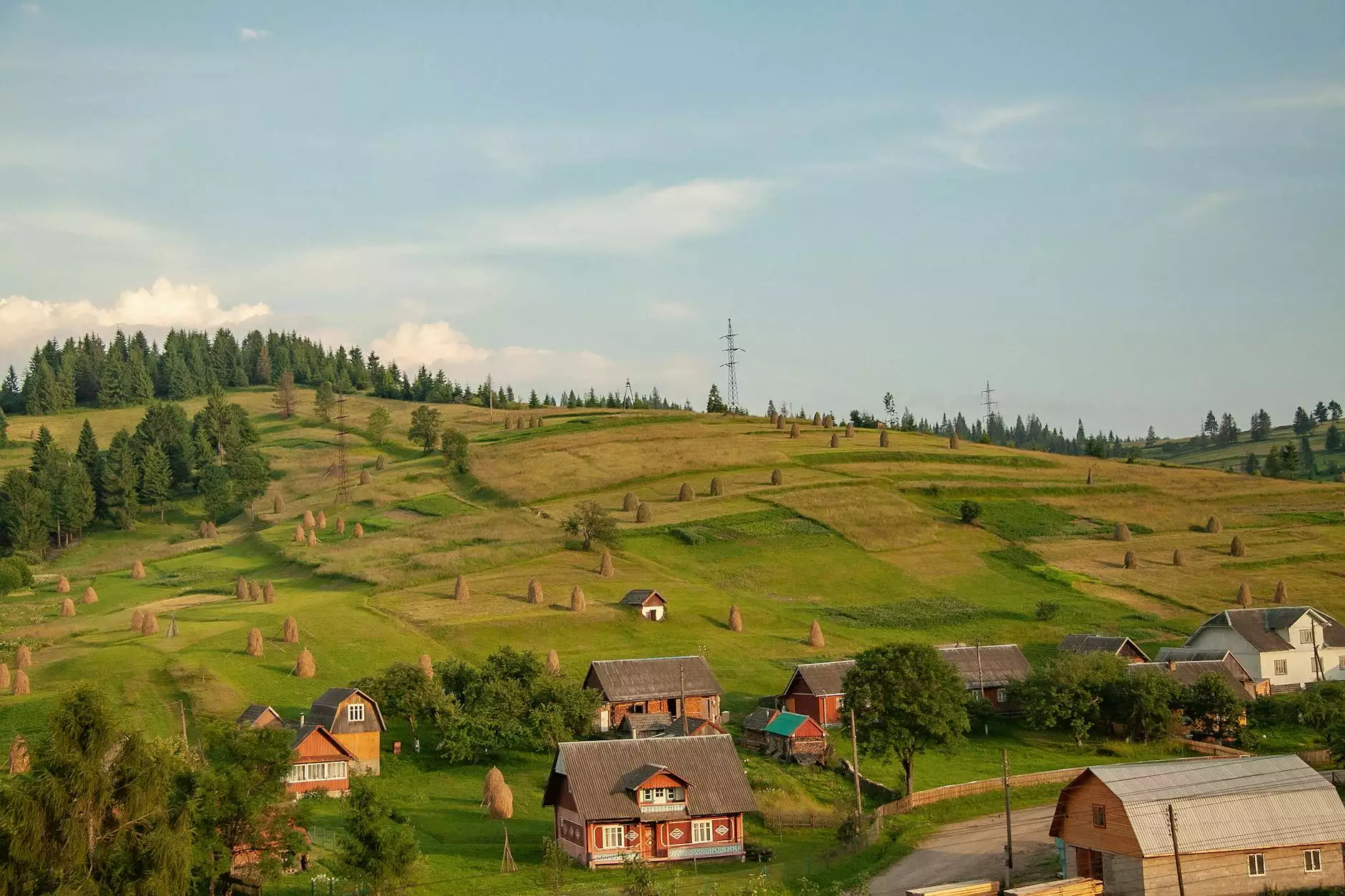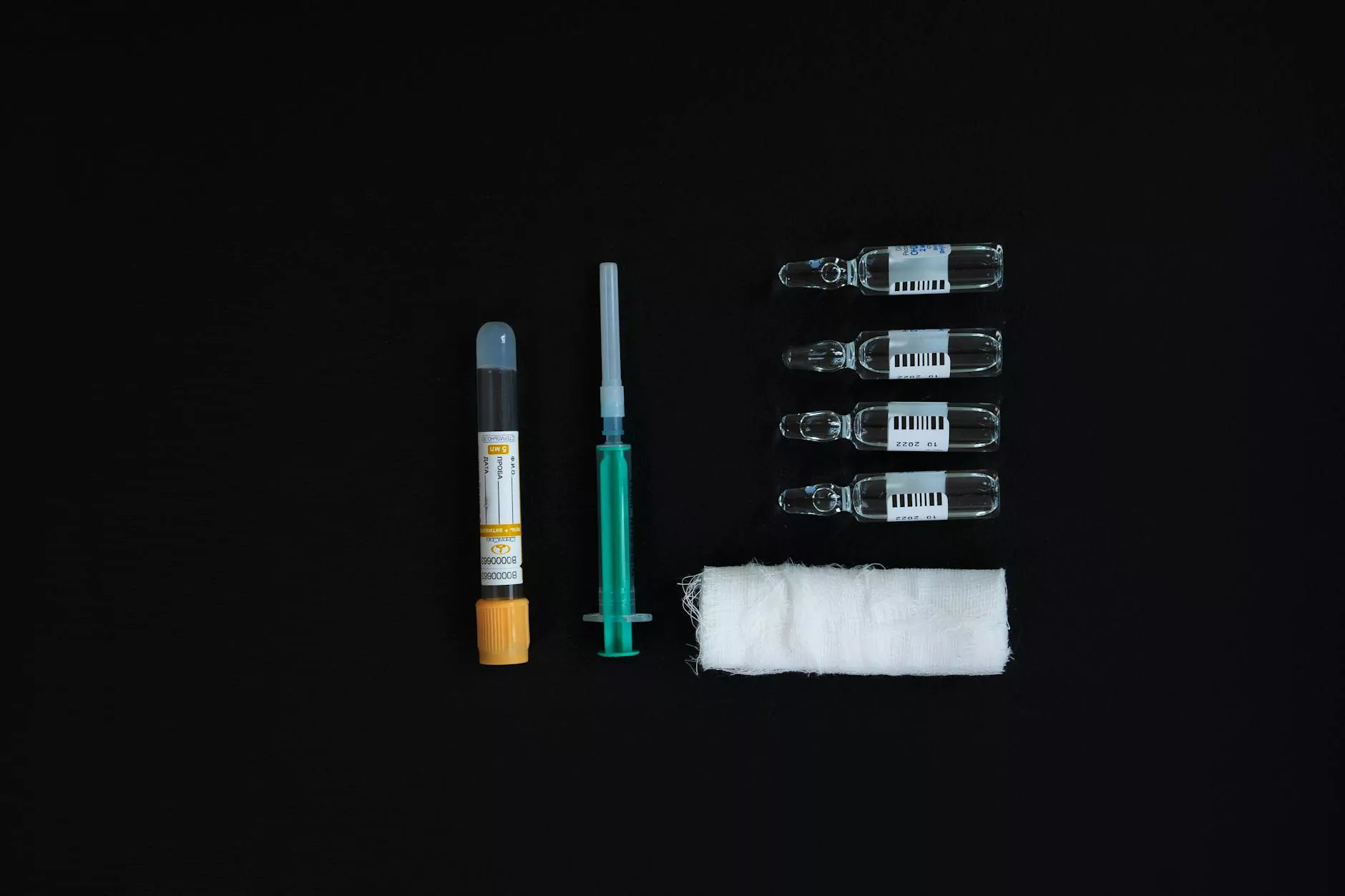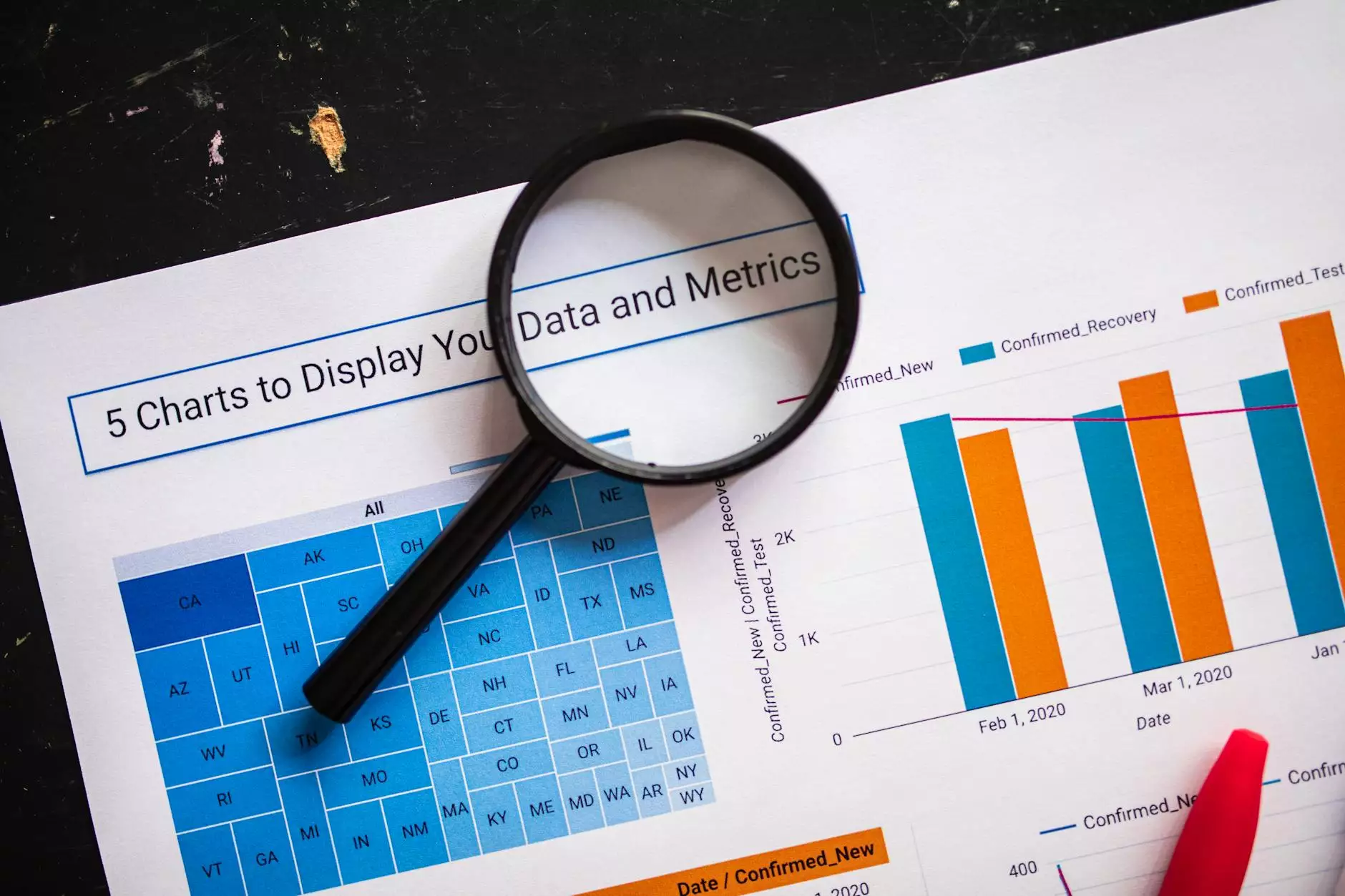Anatomy of the Left Leg
Services
Welcome to Unilevel Studios' comprehensive guide on the anatomy of the left leg. This in-depth article will delve into the intricate details of the left leg, discussing its various parts and functions.
Left Leg Structure
The left leg, an essential part of the human body, consists of various components that work together to facilitate movement and support the body's weight. Understanding the structure of the left leg is crucial for gaining insights into its functionality.
Bones of the Left Leg
The left leg comprises several bones, including the femur, patella, tibia, and fibula. The femur, also known as the thigh bone, is the longest and strongest bone in the human body. It connects the hip to the knee and plays a vital role in bearing weight and facilitating movement.
The patella, or kneecap, is a small, flat bone located in front of the knee joint. It protects the knee and enhances the leverage of the quadriceps muscles during leg movements.
The tibia, commonly referred to as the shinbone, is a larger bone located on the inner side of the leg. It plays a crucial role in supporting body weight and transmitting forces from the femur to the ankle.
On the outer side of the lower leg is the fibula, a slender bone that complements the tibia in providing stability and support to the ankle joint.
Muscles of the Left Leg
The left leg is equipped with a complex network of muscles that enable various movements, including walking, running, and jumping. Key muscles in the left leg include the quadriceps, hamstrings, gastrocnemius, and soleus.
The quadriceps, located on the front of the thigh, are responsible for extending the knee joint and flexing the hip joint. They play a vital role in activities such as standing up and climbing stairs.
Located at the back of the thigh, the hamstrings consist of several muscles that flex the knee joint and extend the hip joint. They are crucial for activities like bending the knee and propelling the body forward.
The gastrocnemius and soleus muscles, collectively known as the calf muscles, are located at the back of the lower leg. They work together to plantarflex the foot and provide propulsion during activities like walking and running.
Functions of the Left Leg
The left leg serves multiple functions that are essential for everyday activities and overall mobility. Some of the main functions of the left leg include:
- Supporting body weight
- Facilitating movement
- Maintaining balance and stability
- Aiding in walking, running, and jumping
Each part of the left leg plays a unique role in fulfilling these functions, highlighting the importance of understanding its anatomy and functionality.
Conclusion
In conclusion, the left leg is a remarkable structure that embodies the intricate interplay of bones, muscles, and joints. By exploring the anatomy of the left leg in detail, we gain a deeper appreciation for its complexity and importance in supporting our daily activities.
At Unilevel Studios, we are dedicated to providing valuable resources and insights into the anatomy of the human body. Stay tuned for more informative content on various anatomical topics.



